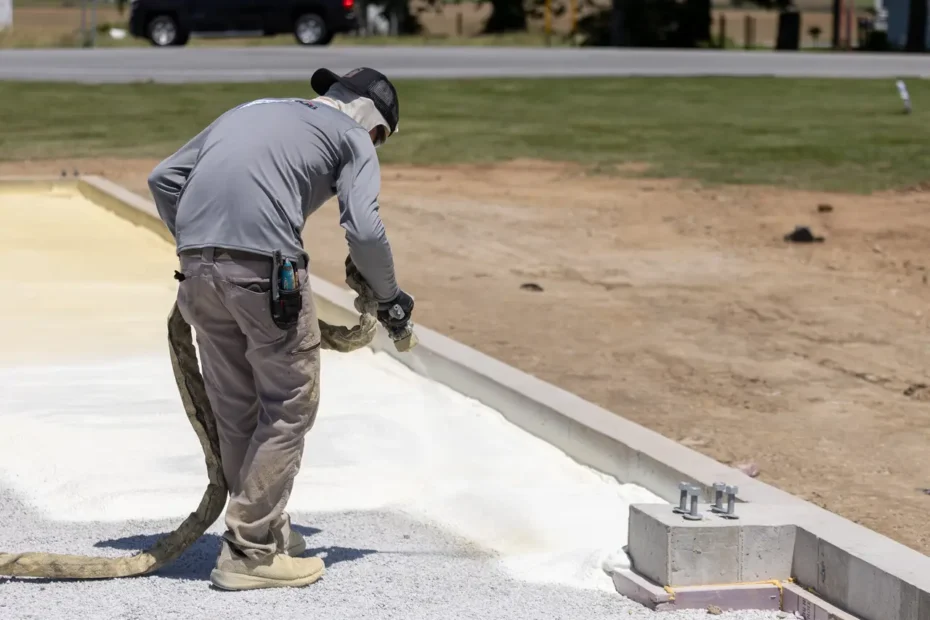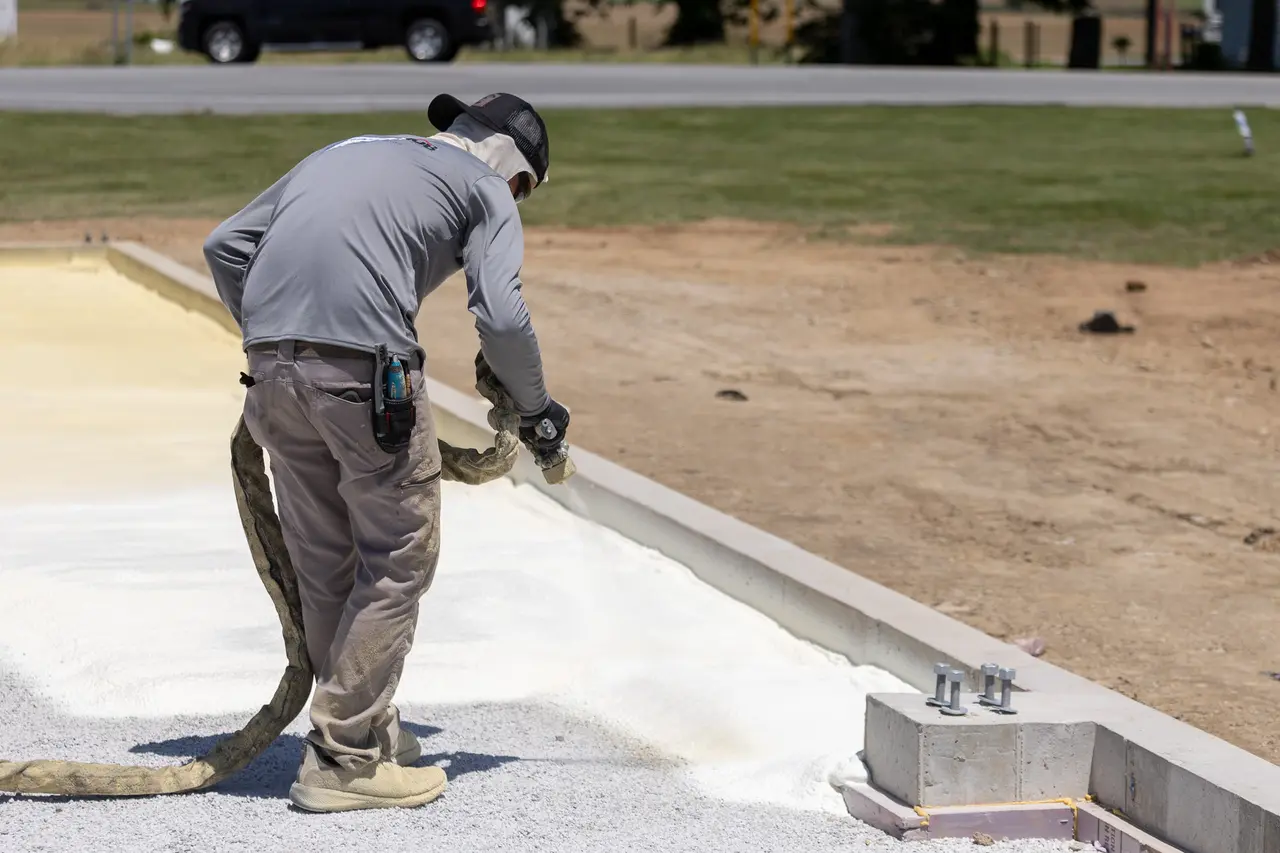Floor insulation plays a crucial role in enhancing the comfort of your home. By reducing heat loss and preventing drafts, it creates a cozy living environment. In this blog, we will explore how floor insulation works, its benefits, and why it’s essential for maintaining a comfortable home throughout the seasons.
Understanding Floor Insulation
Floor insulation is a vital component in any building structure, primarily designed to minimize heat transfer. It acts as a barrier, reducing the amount of heat escaping from your home during colder months, thereby creating a warmer indoor environment.
When we talk about floor insulation, we often focus on its role in energy efficiency. However, its benefits extend beyond mere temperature control. For example, it also contributes to soundproofing, creating a more tranquil living space.
In essence, understanding floor insulation means recognizing that it encompasses various materials and installation methods that can significantly improve home comfort while adhering to safety standards.
How Floor Insulation Works
To comprehend how floor insulation works, we must first look at the principles of heat transfer. Heat naturally flows from warmer areas to cooler ones; therefore, without insulation, your home can lose a substantial amount of heat through the flooring.
Insulation materials, such as fiberglass, foam, or cellulose, are effective at trapping air spaces which reduce heat transfer. This is why you may notice that homes with adequate floor insulation maintain a consistent temperature, regardless of external weather conditions.
In simple terms, effective floor insulation creates a comfortable barrier against the elements. This not only keeps your home warm in winter but also cools it down in summer, resulting in year-round comfort.
Benefits of Floor Insulation
The benefits of floor insulation extend beyond just comfort. One major advantage is its ability to reduce energy bills. With less heat loss, your heating system doesn’t have to work overtime, leading to a noticeable decrease in energy costs.
Moreover, installing floor insulation enhances the overall indoor air quality. By reducing drafts and preventing moisture from accumulating, it helps eliminate mold growth and other allergens that can impact your health.
In addition to these practical benefits, having well-insulated floors can increase your home’s value. Homebuyers often prefer properties that demonstrate energy efficiency and comfort, making floor insulation an attractive feature.
Choosing the Right Type of Floor Insulation
Choosing the right type of floor insulation can seem overwhelming, as various options cater to different requirements. For example, fiberglass rolls are a popular choice for their cost-effectiveness and ease of installation.
On the other hand, foam board insulation offers superior resistance to moisture, making it an excellent choice for basements or crawl spaces. It’s essential to assess your specific needs before making a decision.
Lastly, consider consulting with a professional to help determine the most suitable insulation type for your home. They can evaluate your environment and provide tailored recommendations, ensuring you receive the maximum benefits.
Installation Process of Floor Insulation
The installation process of floor insulation is crucial for achieving optimal results. The process generally begins with a thorough inspection of the existing flooring and checking for any moisture issues that need addressing.
Once the evaluation is complete, homeowners can opt to install insulation themselves or hire professionals. DIY installation can save on costs, but it requires careful planning and execution to ensure effectiveness.
After laying down the insulation material, it’s essential to seal any gaps to prevent air leaks, which can compromise the system’s efficiency. A well-insulated floor leads to a more comfortable home, so don’t underestimate the importance of this final step!
Final Thoughts on Floor Insulation and Home Comfort
Investing in floor insulation is a smart choice for any homeowner. Not only does it improve comfort levels, but it also contributes to energy efficiency and cost savings over time. Whether you’re building a new home or upgrading an existing one, prioritizing floor insulation will pay off in increased comfort and value.

